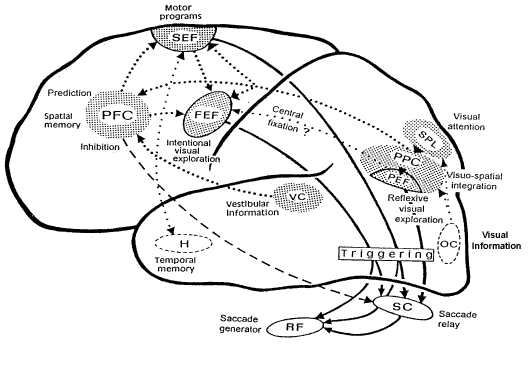Attributes of vision
The object recognition is the capability to perceive an object’s physical properties (like color shape, and texture) and apply semantic attributes to the object that involves the understanding of its use, earlier experience with the object and how it associates to others.One model of object recognition, depend on neuropsychological proof, gives information which permits us to divide the procedure into four various stages.
Stage 1: Processing of fundamental object component like color, depth, and form.
Stage2: These fundamental components are then assembled on the basis of similarity, providing information on different edges to the visual form. Consequently, figure-ground segregation is capable to take place.
Stage 3: The visual representation is matched with the structural explanations in memory.
Stage4: Semantic attributes are also applied to the visual representation, providing meaning, and thereby acknowledgment.
It must be noted that, in these stages, there are more particular procedures that occurs to complete the various processing components. Additionally, other existing models propose integrative hierarchies (top-down & bottom-up), and also parallel processing, as opposed to this common bottom-up hierarchy.
